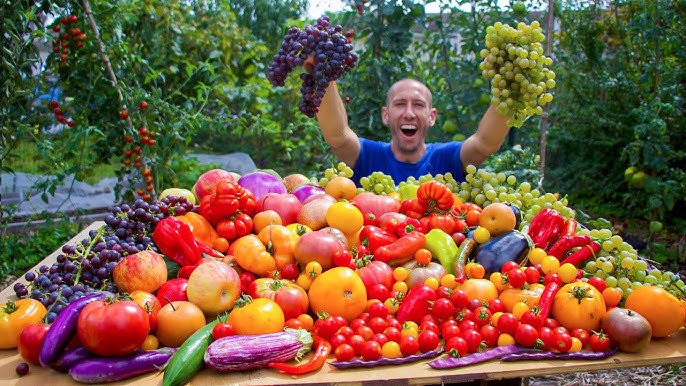
Late Summer to Early Fall Garden Checklist: A Guide for the Sustainable Homestead
The air is starting to crisp, the evenings are drawing in, and the fiery hues of late summer sunsets paint the sky. While the peak of summer’s bounty might be behind us, the garden still holds a wealth of potential. In this post, you'll discover a comprehensive late summer to early fall garden checklist to ensure a bountiful harvest, prepare your sustainable homestead for the cooler months, and lay the groundwork for a thriving spring garden. Let's dive in and make the most of this transition season!

Part 1: The Late Summer Harvest & Succession Planting
The first step is enjoying the rewards of your hard work!
1. Reap the Rewards: Harvesting Your Late Summer Crops
Continue to harvest your summer crops like tomatoes, zucchini, cucumbers, and beans. Don't let anything go to waste! Preserve the excess through canning, freezing, drying, or fermenting. A simple tomato sauce recipe can transform a glut of tomatoes into delicious winter meals.
- Actionable Tip: Check your plants daily for ripe produce. Harvesting regularly encourages continued production.
- Pro Tip: For tomatoes, try roasting them with garlic and herbs before freezing. The roasting intensifies the flavor.
2. Succession Planting for a Continuous Harvest
As you harvest summer crops, consider succession planting. This means planting new crops in the same space as soon as the previous ones are finished. This helps maximize your garden’s yield and ensures a continuous supply of fresh produce.
- Actionable Tip: Plant fast-growing crops like radishes, spinach, lettuce, and arugula in areas where you’ve harvested earlier crops.
- Pro Tip: Extend the growing season with cold frames or row covers for frost-sensitive crops.
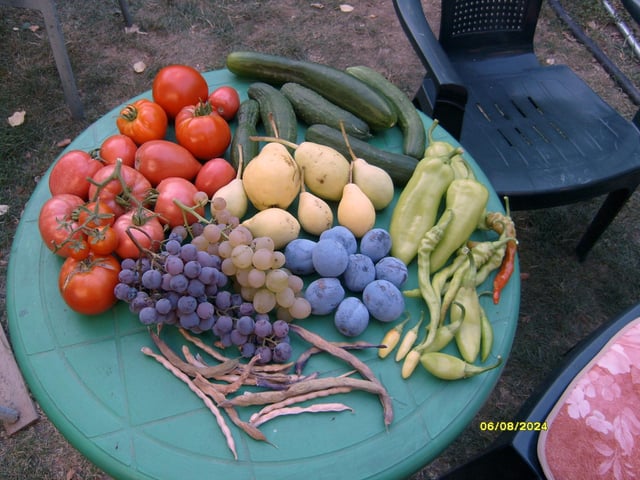
Part 2: Preparing Your Garden Beds for Fall and Winter
With the harvest in full swing, it’s time to think about prepping your beds.
3. Clear Out Spent Plants & Amend the Soil
Remove any dead or dying plants from your garden beds. This helps prevent the spread of disease and pests. Once the beds are clear, amend the soil with compost and other organic matter to replenish nutrients.
- Actionable Tip: Incorporate a generous amount of compost into your beds. Aim for a 2-3 inch layer.
- Personal Anecdote: I remember one year I neglected to amend my soil properly in the fall. The following spring, my plants were noticeably less vigorous. Lesson learned! Now, I always make sure to give my soil a good boost before winter.
4. Embrace No-Till Gardening
Consider adopting no-till gardening methods to preserve soil structure and beneficial soil organisms. Instead of tilling, simply add a layer of compost and mulch on top of the soil.
- Actionable Tip: Spread a thick layer of straw, shredded leaves, or wood chips over your garden beds to suppress weeds and retain moisture.
- Pro Tip: Use cover crops like rye or clover to improve soil health and prevent erosion.
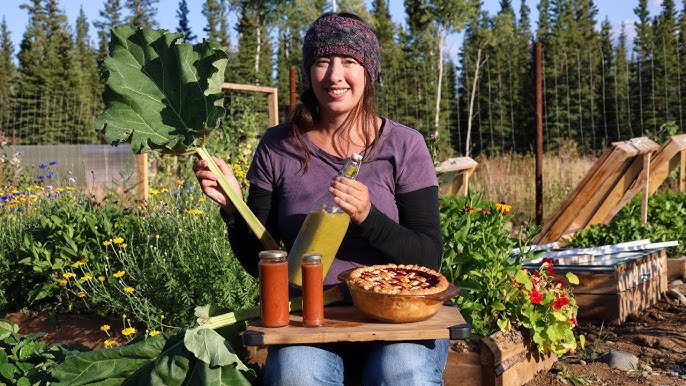
5. Compost Like a Pro: Late Summer/Early Fall is Ideal
Late summer/early fall provides a wealth of composting material: spent plants, fallen leaves, and kitchen scraps. Add these materials to your compost pile or vermicomposting system to create nutrient-rich compost for next year's garden.
- Actionable Tip: Turn your compost pile regularly to aerate it and speed up decomposition.
- Pro Tip: Consider vermicomposting (worm composting) for a convenient way to recycle kitchen scraps and create nutrient-rich compost tea.
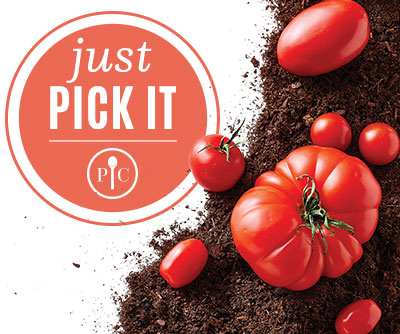
Part 3: Sustainable Homesteading Practices
Extending beyond the garden, let's discuss sustainable practices for your homestead.
6. Rainwater Harvesting: Preparing for Drier Months
Late summer is a great time to inspect and clean your rainwater harvesting system. Ensure your gutters are clear of debris and your storage tanks are in good condition. This will help you conserve water and reduce your reliance on municipal water sources.
- Actionable Tip: Check for leaks in your rainwater harvesting system and repair them promptly.
- Pro Tip: Install a first-flush diverter to prevent debris from entering your storage tank.
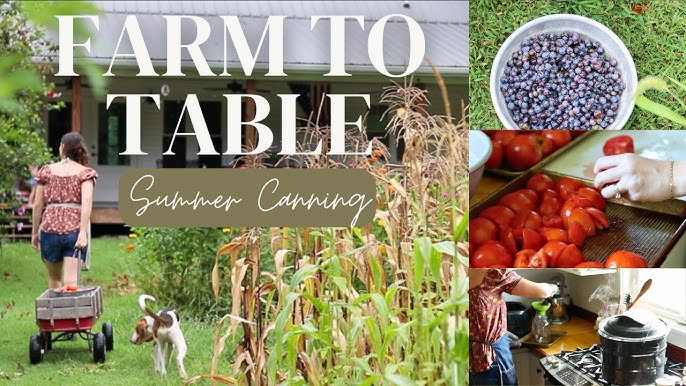
7. Natural Pest Control Strategies for Fall
As temperatures cool, certain pests may seek shelter in your garden. Use natural pest control methods to protect your plants without harming beneficial insects or the environment.
- Actionable Tip: Handpick pests like cabbage worms and slugs from your plants.
- Pro Tip: Introduce beneficial nematodes to your soil to control soil-borne pests.
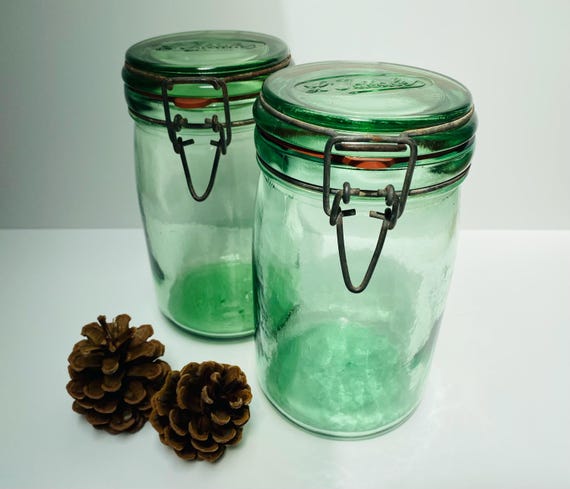
8. Supporting Pollinators Through the Season
Even as summer fades, pollinators need our support! Plant late-blooming flowers like asters, sedum, and goldenrod to provide them with nectar and pollen. These blooms provide a vital food source for bees, butterflies, and hummingbirds as they prepare for winter.
- Actionable Tip: Leave some seed heads standing to provide food and habitat for overwintering pollinators.
- Personal Anecdote: One year, I left a patch of sunflowers standing through the winter. The goldfinches loved it, and it brought so much joy to see them feasting on the seeds.
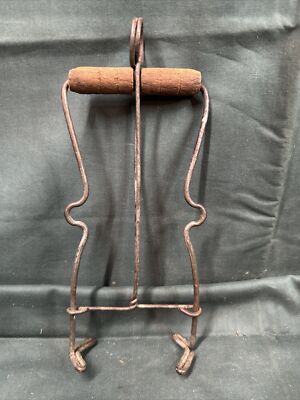
Part 4: Cozy Living & Backyard Projects
Transitioning from the garden, let's embrace the coziness of fall.
9. Preserve the Harvest: Canning and Preserving Techniques
Take advantage of the late summer/early fall harvest to preserve your homegrown produce. Canning, pickling, drying, and freezing are all great ways to enjoy the fruits (and vegetables) of your labor throughout the winter months.
- Actionable Tip: Invest in a good quality canning kit and follow tested recipes to ensure food safety.
- Pro Tip: Make jams, jellies and pickles with end-of-season produce.
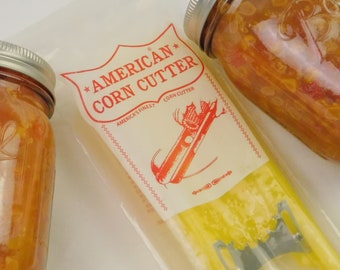
10. Preparing for Cooler Evenings: Stocking up Firewood
Start stocking up on firewood for your cozy indoor fireplace or outdoor fire pit. Having a good supply of dry wood on hand will keep you warm and comfortable on chilly evenings.
- Actionable Tip: Season your firewood for at least six months to ensure it burns efficiently.
- Pro Tip: Start small seedlings indoors to get a head start on spring!

11. Backyard Projects: Building a Raised Garden Bed
Now's a good time to consider building a raised garden bed. Late summer/early fall is ideal to prepare the bed and add soil for next year's growing season.
- Actionable Tip: Use naturally rot-resistant wood like cedar or redwood to build your raised bed.
- Pro Tip: Consider adding hardware cloth to the bottom of your raised bed to prevent burrowing pests from entering.
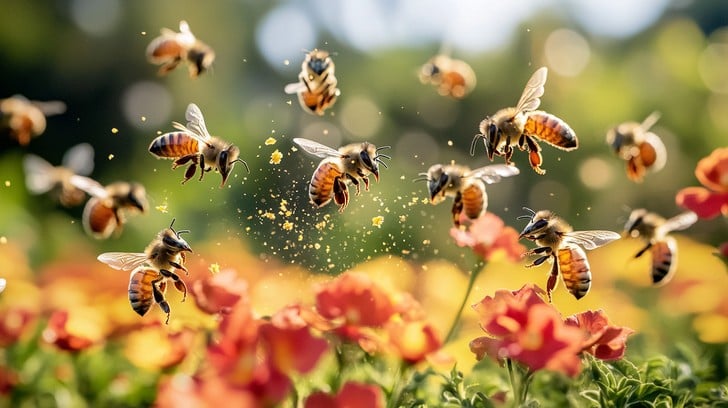
Closing Reflection
As the days grow shorter and the nights cooler, take pride in all that you’ve accomplished in your garden and on your homestead. By following this late summer to early fall garden checklist, you'll not only enjoy a bountiful harvest but also prepare your land for a thriving future. Remember, homesteading is a journey, not a destination. Embrace the rhythm of the seasons, celebrate your successes, and learn from your challenges. What are your favorite fall gardening tasks? Share them in the comments below!